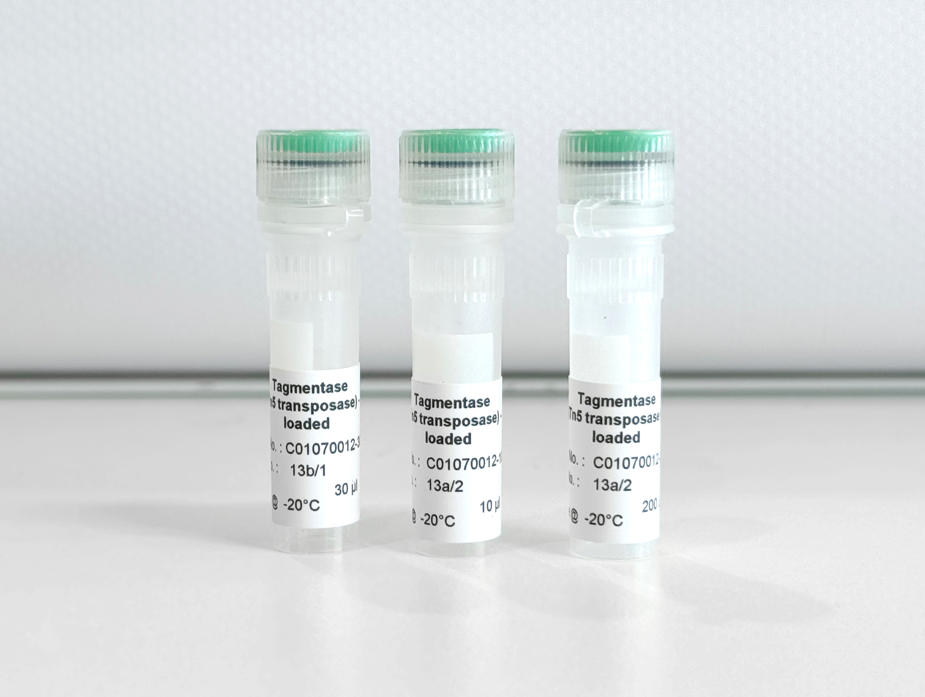Christopher John Bowman et al.
A20, encoded by the TNFAIP3 gene, is a protein linked to Crohn's disease and celiac disease in humans. We now find that mice expressing point mutations in A20's M1 ubiquitin binding motif (ZF7) spontaneously develop proximate enteritis that requires both luminal microbes and T cells. Cellular and transcriptomic profiling reveal expansion of TH17/22 cells and aberrant expression of IL-17A and IL-22 in intestinal lamina propria of A20ZF7 mice. While deletion of IL-17A from A20ZF7/ZF7 mice exacerbates enteritis, deletion of IL-22 abrogates intestinal epithelial cell hyperproliferation, barrier dysfunction, and alarmin expression. A20ZF7/ZF7 TH17/22 cells autonomously express more RORγt and IL-22 after differentiation in vitro. ATAC sequencing identified an enhancer region upstream of the Il22 gene in A20ZF7/ZF7 T cells, and this enhancer demonstrated increased activating histone acetylation coupled with exaggerated Il22 transcription. Finally, CRISPR/Cas9-mediated ablation of A20ZF7 in human T cells increases RORγt expression and IL22 transcription. These studies link A20's M1 ubiquitin binding function with RORγt expression, epigenetic activation of TH17/22 cells, and IL-22 driven enteritis.


